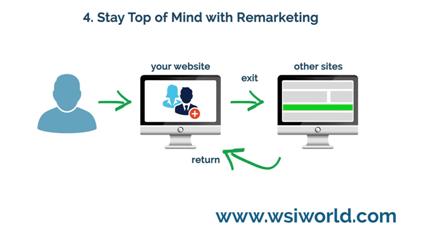For entrepreneurs, running an e-commerce portal is a challenging day-to-day job, that focuses on reaching your customers online, accepting online payment and delivering the purchased good. While it may sound simple, there is more to it than meets the eye. Since the digital revolution, more and more entrepreneurs have embraced an e-commerce career. Consequently, it appears important to boil down the definition of an e-commerce portal to three essentials, being a solid understanding of the correlation between your audience and your product, the ability to find and trust the most suitable tools, and finally the ability to select the best activities for business growth. To put it in others words, a successful e-commerce business is built on effective analysis, technology, and strategy projects.

Analysis: Understand Your Audience And Your Product
Naturally, when you are trying to sell online and to find your buyers online, understanding your target audience makes all the difference in your communication and your selling methods. Your audience matters as they will be the future buyers you need. Consequently, you need to target their needs and desires. E-commerce portals find their customers online; this means that search engines, social media advertising, newsletters, and sponsoring play a big role in reaching new customers. Consequently if you don’t know who they are, they will be more difficult to find. In other terms, it’s essential to create a customer profile, to find out the type of search words that customers are likely to use, and the type of interests they have. Only then can you target them online.
Technology: Get The Right Tools
An e-commerce portal is an online functioning business. The front window of your business is the Internet, and it needs to provide customers with simple ways to choose their item, make an order and pay. For this, you can find e-commerce specific platforms that can create a list of products with images and descriptions. Additionally, some platforms are also offering hosting solutions too, which makes it easier to manage. Finally, for e-commerce businesses more than others, it is important to implement Google Analytics and Adwords and to set up a marker for remarketing audiences. What this means, is that if a user comes to your e-commerce website, looks at an item and then chooses not to buy, you can create an advertising campaign that will show this user an image of the item. Remarketing campaigns enable e-commerce sites to boosts their sales by up to 30%. Finally, your payment methods need to be varied: Paypal, credit card, and debit card are a strict minimum.

Strategy: Get The Right Activities
When it comes to maintaining an e-commerce business, the main strategy focuses on the right marketing activities, from user experience to SEO. In terms of UX, it’s important to ensure that you pick the best possible payment gateway for your needs and that the website is easy to navigate. Additionally, keeping track of your conversions, through specific tracking on Google Analytics, can help you to highlight the potential issues in the user journey and ways to improve it. Finally, it is good SEO practice to track search terms used to find your website and your products so that you can keep the content relevant.



















